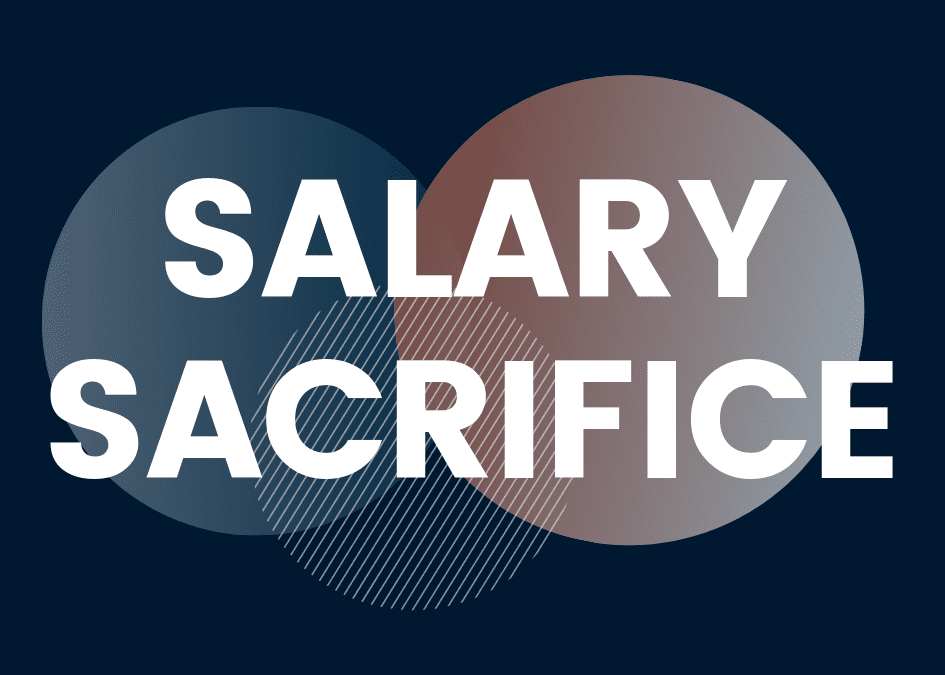
Salary sacrifice schemes
by Leah McGarvey | 15 Aug, 2016 | Business, Payroll
Salary sacrifice schemes
Salary sacrifice schemes allow employees to exchange part of their salary for a non-cash benefit that is exempt from tax or National Insurance Contributions (NICs). This benefits both employers and employees by reducing taxable income and NIC liabilities.
Common examples of salary sacrifice schemes include:
- Pension contributions
- Cycle-to-work schemes
- Childcare vouchers
- Company cars (low-emission vehicles)
However, not all sacrifice arrangements provide tax savings, and changes to tax rules have impacted certain schemes.
When considering a salary sacrifice scheme, it is essential to ensure that the reduction in salary does not impact other employee entitlements. A lower salary could affect mortgage applications, statutory payments such as maternity or sick pay, and even workplace pension contributions. Employers should provide clear guidance to staff before implementing any salary sacrifice arrangements, ensuring that employees fully understand both the benefits and potential drawbacks. Proper communication and payroll adjustments are crucial to ensuring compliance with HMRC regulations while maintaining workforce satisfaction and financial well-being.
Changes to Salary Sacrifice for Travel and Subsistence
From 6 April 2016, swapping salary for travel and subsistence payments under salary sacrifice schemes no longer provides tax or NIC benefits. This change was introduced to prevent the exploitation of tax advantages, particularly among employees using umbrella companies or working through intermediaries.
Key implications of this change include:
- Employees can no longer sacrifice salary for tax-free travel allowances.
- Employers must ensure compliance with updated tax rules.
- Other salary sacrifice benefits remain available, but need to be structured carefully.
Employers should review existing salary sacrifice arrangements to ensure they maximise tax efficiency while staying compliant with HMRC regulations.
How We Can Help
At Lewis Brownlee, we provide expert advice on salary sacrifice schemes, ensuring businesses and employees maximise benefits while remaining compliant.
We offer a free introductory meeting to review your salary sacrifice arrangements. Help is at hand!
For professional tax advice, contact us today.
Final Thoughts
While salary sacrifice schemes can still provide tax savings, changes to travel and subsistence payments highlight the need for careful tax planning. Employers should review their schemes to avoid unexpected tax liabilities.




